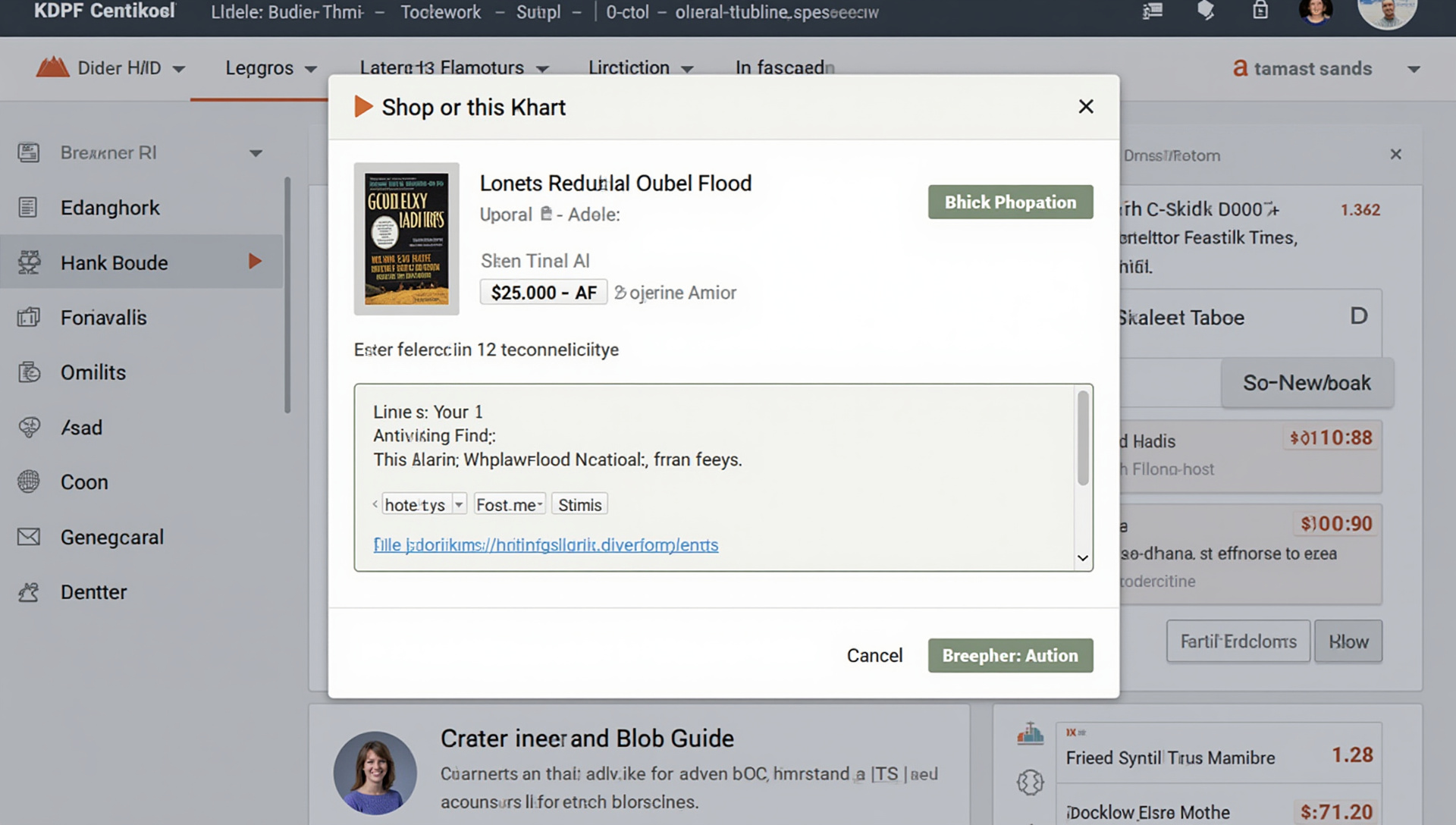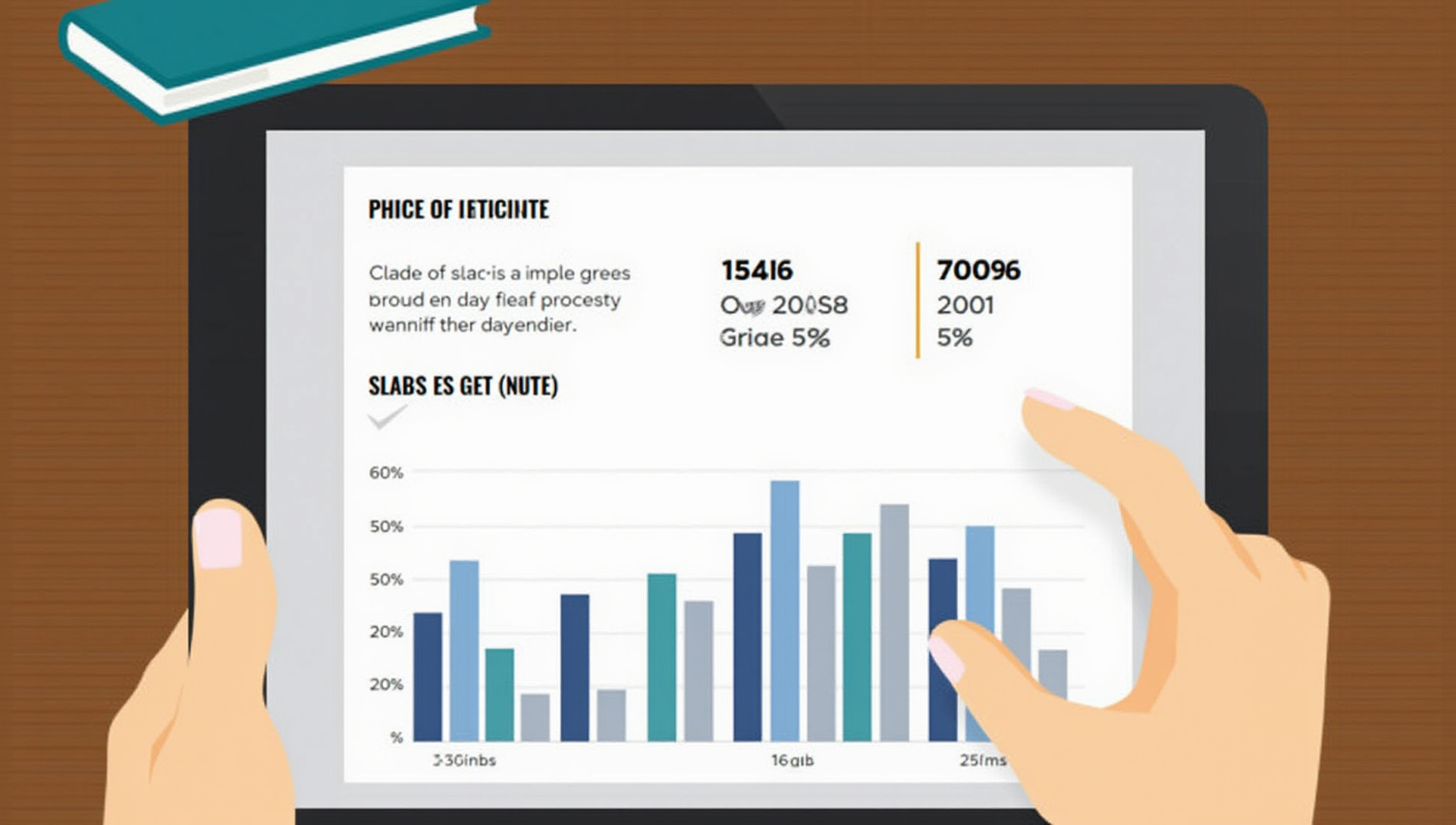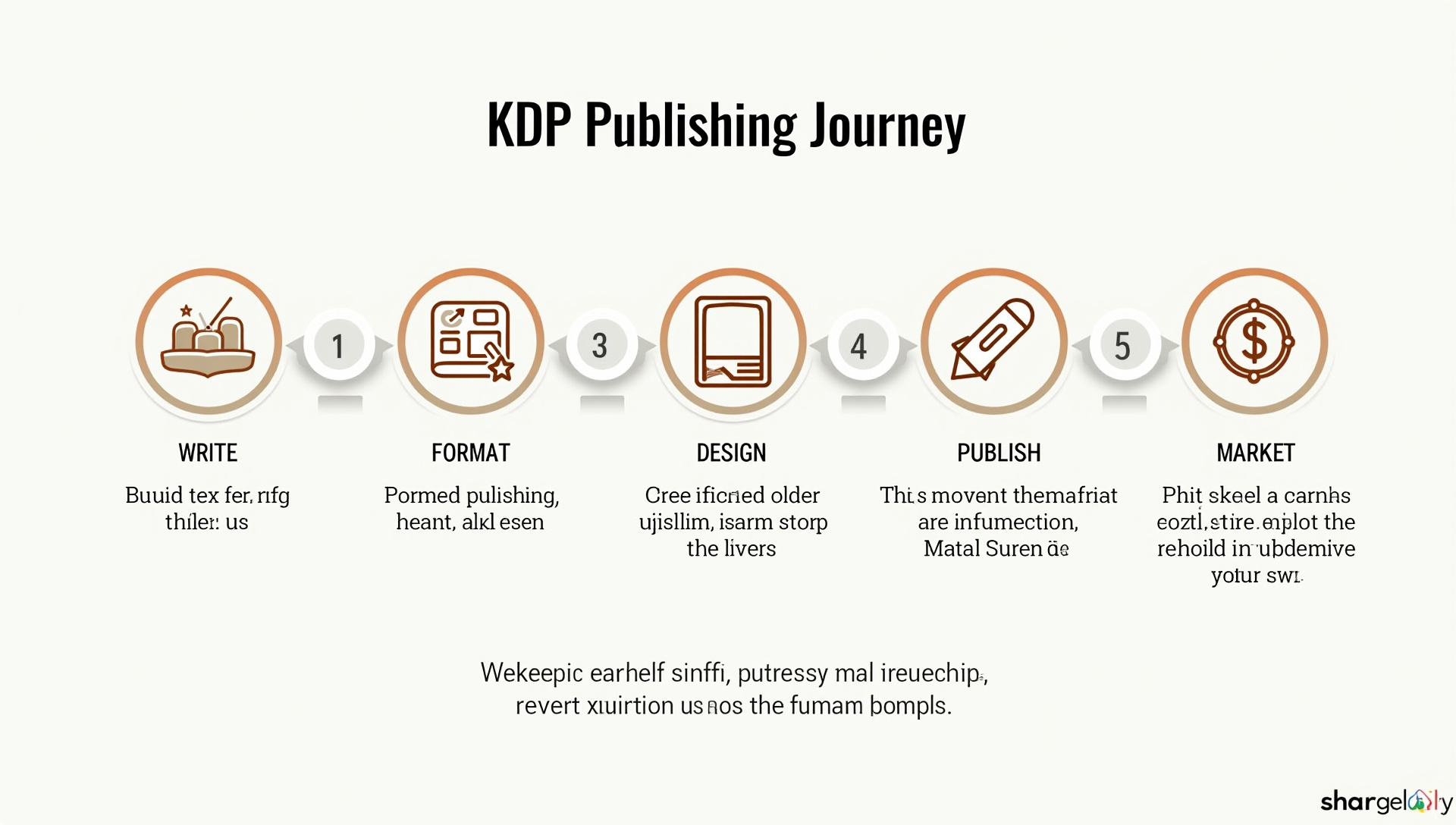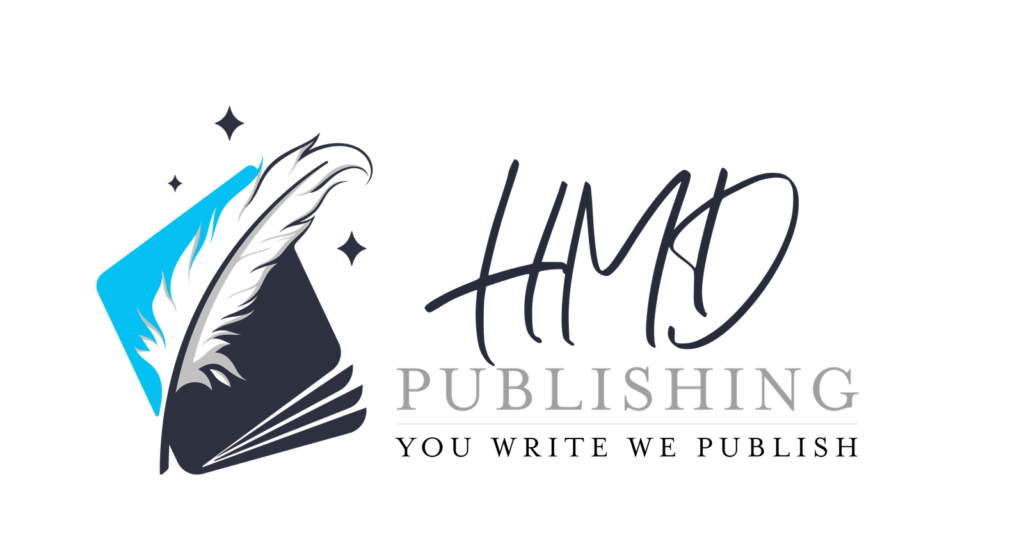In 2025, KDP publishing offers indie authors unprecedented opportunities to succeed with effective Kindle self-publishing strategies. I’ve created this comprehensive guide to help you master Amazon publishing with proven book publishing techniques that will maximize your success as an independent author.
The 2025 Self-Publishing Renaissance: Why KDP Is More Relevant Than Ever
Amazon’s KDP platform now controls an impressive 80% of the global ebook market, making it the undisputed leader in digital publishing. Over 2 million indie authors currently earn income through KDP, with this number growing daily as traditional publishing continues to lose its grip on the industry.
The platform’s recent innovations have made self-publishing more accessible and profitable than ever before. Enhanced reporting dashboards, AI-assisted formatting tools, and expanded distribution channels have transformed what’s possible for independent authors.
When comparing earnings potential, the numbers speak for themselves. The average indie author now earns $2,000-$5,000 per title, compared to traditional publishing advances of $5,000-$10,000 but with significantly lower royalty percentages. I’ve found that authors who master the KDP ecosystem often surpass what traditional publishing can offer in terms of creative control and long-term income.

Navigating the 2025 KDP Ecosystem: Account Setup & Security
Setting up your KDP account now requires completing a mandatory two-factor authentication process to protect your publishing assets. I recommend using an authenticator app rather than SMS verification for added security against increasingly sophisticated phishing attempts targeting successful authors.
International authors must navigate the tax documentation process, which has been streamlined but remains critical. The W-8BEN form (for non-US citizens) and W-9 (for US citizens) are essential to avoid automatic 30% tax withholding on your royalties.
Your Author Central profile has become even more powerful with new reader engagement features. The Q&A function, live event integration, and follow button analytics provide direct connection with your audience and valuable data on reader behavior.
Don’t overlook the enhanced A+ Content options now available to all KDP authors. These multimedia presentation tools were once reserved for traditional publishers but now allow indie authors to create professional marketing materials directly on your book’s sales page.
Engineering the Perfect Manuscript: 2025 Formatting Standards
Your ebook must display perfectly across all Kindle devices, from the base model to the Paperwhite, Oasis, Scribe, and the increasingly popular mobile app. Each platform has specific requirements for margins, image resolution, and interactive elements that will impact reader experience.
When comparing formatting tools, Atticus Pro ($147) offers the best balance of features and affordability for most authors. Vellum ($249) remains the premium choice for enhanced visual design, while Amazon’s free Kindle Create has improved dramatically but still lacks some advanced features.
Amazon now enforces accessibility requirements for all new KDP titles. Screen reader compatibility, proper alt text for images, and clear navigation markers aren’t just nice-to-haves – they’re mandatory for publication and affect your book’s discoverability.
The multimedia integration options have expanded significantly, allowing authors to include audio clips, animated graphics, and interactive elements. I’ve seen fiction authors use these features to enhance worldbuilding, while non-fiction writers can now embed demonstration videos directly in their instructional content.

The Psychology of Visual Appeal: Cover Design That Converts
Book cover trends evolve rapidly, with genre-specific design elements changing yearly. In 2025, minimalist thriller covers with bold typography and romance covers featuring illustrated characters continue to outperform photographic alternatives.
The science of thumbnail optimization is crucial since most readers first encounter your book as a tiny image on a crowded screen. Your title should be readable at 50×80 pixels, and color contrast must pop even when viewed on basic e-ink displays.
The DIY vs. professional design question comes down to your budget and genre expectations. Professional covers range from $150-$800, but genre expectations matter more than price – romance and thriller readers have particularly high design standards that DIY covers rarely meet.
I recommend A/B testing your cover designs using Amazon Advertising data before final publication. Running identical ads with different cover options for 48 hours can reveal which design achieves higher click-through rates, potentially doubling your conversion rate.
Algorithmic Visibility: Metadata Strategies That Drive Discoverability
Amazon’s 2025 A10 algorithm prioritizes seven key ranking factors, with organic conversion rate and customer satisfaction now weighing more heavily than raw sales numbers. I’ve found that books with 4.7+ star ratings receive significantly more algorithm favor than those with even slightly lower ratings.
Your keyword research should utilize specialized tools like Publisher Rocket, K-lytics, or Machete to identify high-traffic, low-competition search terms. Focus on long-tail keywords that precisely match reader intent rather than broad terms with impossible competition.
Category selection has become more strategic with Amazon’s nested subcategory system. You can now place your book in up to 10 specific subcategories through Author Central, dramatically increasing your chances of achieving #1 bestseller status in at least one niche.
HTML-enhanced book descriptions convert browsers into buyers when structured using proven copywriting frameworks. Begin with an emotional hook, identify the reader’s pain points, present your book as the solution, and close with a clear call-to-action that creates urgency.

Profit-Maximizing Pricing: 2025 Royalty Models & Strategic Price Points
KDP’s royalty structure now includes three tiers: 35%, 70%, and the new 75% tier available in select markets for authors who meet certain engagement metrics. I’ve found the 75% tier accessible after maintaining 50+ reviews with a 4.5+ average rating for three consecutive months.
Genre-specific pricing data shows fiction ebooks perform best between $3.99-$7.99, while non-fiction commands $7.99-$12.99. Testing reveals that lower-priced fiction builds readership faster, while higher-priced non-fiction signals quality and expertise to readers.
KDP Select exclusivity makes financial sense primarily for authors with series or large catalogs. The current KENP rate of $0.0045 per page read means a 300-page book earns $1.35 when read completely – potentially outperforming the 70% royalty on a $2.99 purchase.
International pricing requires strategic customization rather than automatic conversion. I recommend pricing slightly lower in developing markets like India and Brazil while maintaining premium pricing in affluent markets like Germany and Australia where readers expect to pay more for quality content.
The Multi-Format Author: Beyond the Basic Kindle Ebook
KDP Print has introduced new premium color options and expanded trim sizes that rival traditional publishing quality. The hardcover publishing program has finally moved out of beta, offering 7 trim sizes with dust jacket options that appeal to collectors and gift-givers.
Audiobook creation through the new KDP Audio platform offers significantly higher royalties (40%) than ACX (25%). The integrated recording and editing tools reduce production costs, making audiobooks accessible even for authors with limited budgets.
Specialized editions can tap into underserved reader segments with minimal additional work. Large print editions (16pt font) sell at premium prices, while dyslexic-friendly formats using OpenDyslexic font reach readers who struggle with standard typography.
I’ve found that multi-format publishing creates a multiplier effect on overall revenue. Authors who offer ebook, print, hardcover, and audio versions typically see 3.5x the revenue of ebook-only publishers, with each format reinforcing the others’ visibility in Amazon’s search algorithm.
Launch Sequence Mastery: The First 30 Days That Define Success
Your pre-launch timeline should begin 60 days before publication with strategic content seeding and audience warming. At 30 days out, ARC team activation becomes critical, followed by review gathering at 15 days, culminating in promotional scheduling 7 days before launch.
Launch day requires an hour-by-hour checklist to maximize algorithmic impact. I schedule price promotions, email broadcasts, and social announcements in 3-hour intervals to create sustained activity spikes rather than a single surge that quickly fades.
Your ARC (Advanced Reader Copy) team needs careful management to generate verified reviews without triggering Amazon’s increasingly sensitive review filters. I recommend using BookFunnel or StoryOrigin for distribution and tracking rather than direct email attachments.
Post-launch strategy must combat the dreaded 30-day sales cliff when Amazon’s new release boost ends. Plan a secondary promotion wave for day 25-28, focusing on newsletter promotions and strategic category shifts to maintain visibility as your book ages out of the new release window.
Amazon Advertising in 2025: Advanced Targeting for Maximum ROI
Sponsored Products campaigns work best with a 3-tier structure: broad discovery campaigns at low bids ($0.20-$0.35), specific interest targeting at medium bids ($0.40-$0.70), and high-intent conversion campaigns at premium bids ($0.75-$1.20). This structure ensures you capture readers at every stage of the buying journey.
Lockscreen ads have become essential but require visuals that achieve at least 3% CTR to remain cost-effective. High-contrast images with minimal text consistently outperform busy designs, and A/B testing is crucial before scaling your spend.
Budget allocation should follow a phase-based framework. I recommend 15% of expected first-month revenue for pre-launch campaigns, 40% during launch week, and 25% for post-launch sustainability efforts to maximize your advertising impact.
Performance tracking must go beyond ACOS (Advertising Cost of Sale) to consider holistic metrics. Conversion rate, read-through to subsequent series books, and customer lifetime value provide a more accurate picture of advertising ROI than simple ad spend versus direct sales.
Beyond Amazon: Integrated Ecosystem for Indie Success
KDP’s expanded distribution network now includes partnerships with specialized retailers that target niche readers. These new channels help your books reach readers who don’t primarily shop on Amazon, expanding your potential audience.
Building a direct sales funnel complements your Amazon presence without competing with it. I use my Amazon presence to build awareness while offering exclusive bonuses through my website to capture reader email addresses and build direct relationships.
Email marketing automation sequences drive consistent KDP sales when properly designed. A 5-email welcome sequence introduces new subscribers to your work, while strategic launch sequences can generate hundreds of day-one sales to trigger Amazon’s algorithms.
Social media effectiveness varies dramatically by genre in 2025. TikTok continues to drive romance and YA sales, Instagram works best for visually-rich non-fiction, and YouTube Shorts excel for business and self-development titles.
Success Blueprint: Case Studies of 2024-2025’s Breakout Indie Authors
Fiction author Michelle Chen reached 50,000 sales in her first year by launching a tightly-connected urban fantasy series with rapid release scheduling. She published six 65,000-word novels in twelve months, maintaining consistent branding and cross-promotion between titles.
Non-fiction author James Rivera generated $85,000 in six months by leveraging his subject matter expertise in cryptocurrency investing. His strategic use of pre-orders and carefully targeted Amazon ads to high-income demographics justified his premium $14.99 price point.
Genre-pivot case study Sarah Williams successfully transitioned from romance to fantasy by bringing her character development strengths to a new audience. She maintained 80% of her existing readership while adding new fans through strategic cross-genre marketing that emphasized story elements appealing to both audiences.
Your Publishing Journey Starts Now: Taking Action with Confidence
I’ve developed a simplified 90-day plan that takes you from completed manuscript to successful launch with clear weekly milestones. Week 1-2 focus on formatting and cover design, weeks 3-6 on building your launch team, and weeks 7-12 on pre-launch marketing and review gathering.
The essential toolkit for 2025 indie authors includes Atticus for formatting, Publisher Rocket for keyword research, BookBrush for marketing graphics, and MailerLite for email automation. These core tools provide the technical foundation for professional-level publishing.
Common pitfalls include rushing your book description, neglecting pre-launch marketing, and failing to build an email list. I’ve provided specific solutions for each challenge based on what’s working right now for successful authors.
Publishing anxiety and imposter syndrome affect even experienced authors. Remember that reader satisfaction, not perfection, should be your goal – and the best way to improve is to publish and learn from real market feedback.
Key Takeaways
KDP publishing offers unprecedented opportunities for indie authors in 2025, with proper preparation and strategy being key differentiators. Your success depends on professional presentation, strategic metadata, and consistent marketing efforts across multiple channels.
The most successful indie authors treat publishing as a business, making data-driven decisions about everything from cover design to pricing strategies. Focus on building direct reader relationships while leveraging Amazon’s powerful distribution system.
Remember that publishing is a marathon, not a sprint. Each book builds on the last, creating a compound effect that grows your author business over time.




